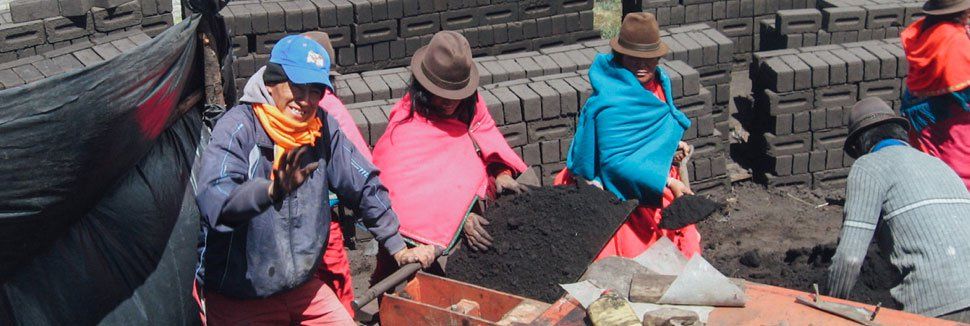A quality education is the gateway to success, and it’s unfortunate that many students simply don’t have access to this fundamental opportunity.
This needs to change.
I’m proud to join seven schools in Tacoma for an incredibly important project: to build a classroom for a group of students in Kenya.
Our goal is to raise $10k… in just ONE week!
This $10k will not only pay for this classroom to be built but, more importantly, it will give these students in Kenya an opportunity to reach their full potential through a quality education.
Again, we only have ONE week to raise the funds so we need your help! Please donate, even if it’s just a few dollars… every dollar helps us get that much closer to our goal.
I hope you’ll join us and support this campaign. We have truly an opportunity to change lives of many students with this project.
And, once we reach our goal, I’ll create an original drawing for the new classroom – from all of us – to all of the students in Keyna.
Let’s do this!
#RiseUpTacoma
***UPDATE***
We did it! Our goal was to raise $10k in one week to build a classroom in Kenya, and we shattered that goal! In fact, we’ve raised over $20k so far, and now we’re going to build TWO classrooms!
These efforts were led by students from seven different elementary schools in Tacoma, WA. Truly an amazing accomplishment!! These elementary students said “this cause is important to us” and put forth the effort to raise the money, and our community responded in a resounding way!
We, as a community, showed these students that you not only have a voice, but when you set your mind towards achieving a goal, you can affect real, positive change on a global scale.
These students demonstrated the best of humanity: selflessness, compassion, and kindness. And it’s these qualities that will ultimately make the world a better place for us all.
Well done, students!





